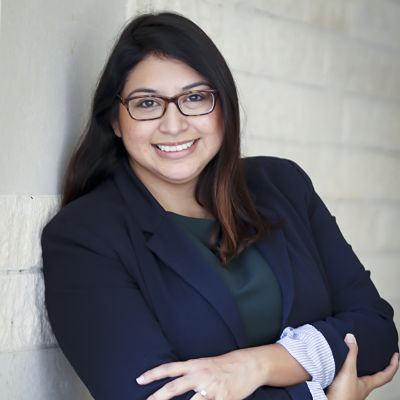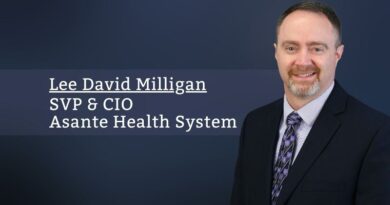IT Strategies Promoting Patient Engagement Tools and Education
By Christina Perez, Network Operations, ACO & CIO, Tenet Healthcare
In healthcare, when one thinks Patients and IT, we think Apps for fitness, calorie counting, and patient education tips but for many physicians they think Patient Portal. Physicians due to regulations have had many communications to their patient population to access and use their patient portal through the Electronic Health Records (EHRs). Physicians themselves are overwhelmed with all the IT healthcare acronyms: HIE, PPDX, HIT, then to be able to translate what is needed by regulation into communications for their patients to understand. Physicians are supposed to communicate to the patient their diagnosis, not regulations of IT use, is that why less than 50% of patients use patient portals or is it a patient learning curve. Physicians have reported the use of the patient portal messaging system as patients have asked for lab results, prescription refills, needed to follow up appointments via the patient portal. The patient portal has eased physician’s workflow as providers just click and route the needed request to the appropriate place to fulfill the patient’s request. As physicians at one time were reluctant to use EHRs, it is becoming wider spread as it is being understood that what once took five minutes to place a prescription order over the phone can now be done with a click of a button. EHR use was regulated in 2014 and the lag of use from physicians and their staff has also delayed the process in patient engagement in healthcare IT use, we have to admit there is a learning curve. Facebook launched in 2004 and a decade later it was expected to have the healthcare industry who is trained in medicine to be efficient not just to use but to also to teach health IT at 50% of our clinical population or face a penalty. Patient IT use could have been possible with templated communications that physicians can send to patients. EHRs have the capability to integrate with many applications to track a person’s fitness task and calories, yet it is still seldomly done. In chart reviews, through the EHR, it is seen that patients have written logs scanned into their charts and less of the actual application integration of patient captured data.
Physicians are supposed to communicate to the patient their diagnosis, not regulations of IT use, is that why less than 50% of patients use patient portals or is it a patient learning curve.
It is almost 2020, yet in healthcare, there are still paper charts, clinics are not fully electronic and what should be sharable data is still not. The reality of patient IT use is still far from reality, but I do have great hopes that when my kids grow up, they will finally be able to access their whole chart as needed, for a Netflix monthly fee of course. I am not even sure if in the next 10 years we will move forward with IT use for patients unless regulations are mandated. When regulations were labeled meaningful use it was benchmarked that all clinics require 50% of their patients to access the patient portal and 5% use the system and send messages to communicate, now the regulation says at least 1 patients should be able of portal use. Having capability may not be enough for full patient participation to be able to create patient engagement. The healthcare industry can move forward and make use of the data collected more efficiently, but first, it has to start with the providers directing patients to access IT tools and education. Patient Medical Center Home is one model where healthcare physicians and staff are leading the way for patient engagement and they are measured by it. Clinicians are the main promoters of patient engagement of any healthcare IT tool. The healthcare industry wants to believe that patients are engaged in IT, but until programs become easier to access, appear user-friendly, and communications on how to access patient tools and education we still have a long road ahead of use. The healthcare industry has EHR webinars for clinic use but lack on webinars directed to patients for patient use. As EHR companies evolve, it will be more than just physician-focused but patient-centered as well.
The healthcare industry has EHR webinars for clinic use but lack on webinars directed to patients for patient use.
To truly promote strategies that are attainable for patient engagement of tools and education, we must turn to the physicians as the patient’s trust and listen to their physician. Physicians can turn to their EHR Company to learn more about integration with IT applications and to be able to create a webinar tailored just for patients on IT use.



